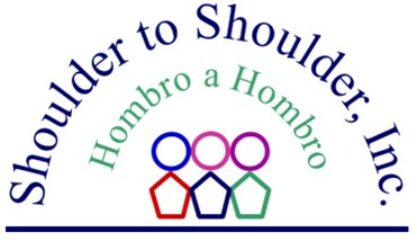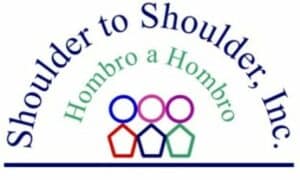Shoulder to shoulder is an incredible adventure. The smiles and the gratitude of the patients we treated was a humbling experience. These people struggle with very few basic human needs met and we come from a country with so much! It was a complete pleasure to provide dentistry to these patients. The participants on on the trip were diverse wonderful people with so many hidden talents, Tango Dancing! Spanish fluency? Every participant had something to contribute and the cooperative skills of all of us created a memorable experience and an impact on the whole community. I would highly reccomend the trip to anyone with a sense of adventure and a willingness to contribute to those who are suffering. Spending three weeks with my daughter was definitely a bonus!!
Kate
Brigade Reflection Quote: Poverty
To me Should to Shoulder is life altering and faith affirming. Living in the United States and, especially for me, in a city and around suburbs, you think you have an idea of what poor means. Before this trip poor to me included those people living in government provided housing, relying on welfare checks, foodstamps, disability, etc facing difficult decisions on how to afford living. I still consider this a terrible situation in my mind and feel for those in that position, but after traveling to Guachipilincito I have learned the true definition of this word. Poor is having little to no money at all, no transportation, no access to medical care, and no clean water. Poor is not being able to afford to feed your young children more than one meal a day. Poor is walking miles in the heat with no shoes on to solicit much needed medical care. However, in these poor people, I found the richest supply of love and faith and contentment I’ve ever seen. The pure happiness and joy the people of this region exuded for each and every day was incredible. The thankfulness and the countless blessings they bestowed upon myself and the members of the brigade were sincere and intimate. Returning to my life in the states has been a different experience. Hardly a day goes by that I don’t recount how the simple things in life are the most beautiful, and how thankful and full my heart should be for what I’m able to do and what I have. I hope to continue to return the wonderful people in Honduras many times more and who knows what other lessons I could learn…. Maura
Brigade Reflection Quote: Sustainable
Shoulder to Shoulder is pioneering the future of sustainable healthcare delivery to third world countries… -Alex


